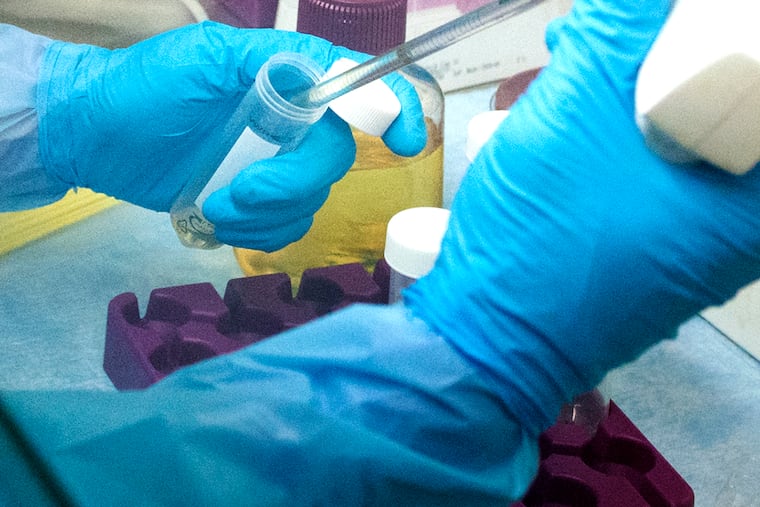Penn State is about to turn Centre County into a massive coronavirus research project
Tens of thousands of students are returning to Penn State’s main campus in central Pennsylvania next month, swelling its host county’s population by more than a third. And during a historic public health crisis, that’s a research opportunity.
